Localization is fundamental for brands striving to succeed in a global marketplace. This guide delves into how artificial intelligence (AI) can enhance localization strategies, enabling effective cultural adaptation. It emphasizes the need for consistent branding across different regions and addresses the advantages and challenges of utilizing AI-powered solutions. Content creators, marketers, brand managers, and localization specialists will gain insights into effectively leveraging AI for cross-cultural communication.
In recent years, consumer expectations have evolved, with studies showing that 91% of consumers prefer brands that deliver relevant and culturally resonant content (Accenture). The necessity of adapting content for diverse cultural audiences cannot be overstated. Effective localization ensures that branding remains consistent while being mindful of varying cultural perceptions. As AI technology progresses, it presents unique opportunities to streamline localization processes, enhance speed and efficiency, and deepen contextual understanding in translations.
While AI-driven tools can address many challenges traditionally faced in localization, such as the need for understanding cultural nuances and executing real-time adjustments, they also present their own set of obstacles. This guide explores these aspects in detail, providing a foundation for brands to effectively navigate the complexities of global markets and communicate their messages to varied audiences.
Unlocking Global Potential with AI Localization
The foundation of localization lies in understanding and respecting cultural distinctions. For global brands, effective localization enhances cultural relevance, positively influencing market penetration and customer loyalty.
Importance of Localization for Global Brands
Brands seeking success on a global scale must prioritize culturally relevant content. Localization involves more than simple translation; it requires a nuanced understanding of local customs, idioms, and dialects. Poor localization can lead to miscommunication, alienation, or even damage to a brand's reputation if cultural sensitivities are overlooked.
The Role of AI in Enhancing Localization Strategies
AI technologies enable marketers to efficiently analyze and adapt content to meet the specific cultural needs of diverse markets. By processing vast amounts of data, these technologies reveal region-specific insights that inform content creation. A study by Accenture highlights that 91% of consumers are more likely to engage with brands offering personalized and relevant communications.
Overview of Challenges in Traditional Localization Methods
Historically, traditional localization methods have encountered challenges like extended turnaround times and high costs. In contrast, AI-driven localization tools expedite the process, providing scalable and cost-effective solutions for businesses aiming to expand internationally. While numerous advantages exist, various challenges remain, which will be addressed in the following sections.
Image Description: An infographic detailing the key benefits of localization for global businesses (Source: Naarg Media)
How Can AI Help You Speak the Language of Local Cultures?
AI technologies play a significant role in adapting content for various cultural audiences. By maintaining brand voice and leveraging advanced technology, businesses can enhance their communication strategies on a global scale.
AI's Role in Maintaining Brand Voice Across Languages
Consistency in terminology and brand voice is vital for effective global branding. AI translation and localization tools ensure that messaging remains uniform across languages while accurately capturing cultural nuances. For instance, generative AI enhances contextual understanding, allowing for more natural translations that resonate with local customers.
Examples of AI Tools for Cultural Adaptation
Several AI tools specialize in localization, including software such as ProseVision and Transifex, which optimize content for multilingual applications. These tools assist businesses in effectively engaging with diverse audiences while addressing specific cultural preferences and ensuring accuracy in brand messaging.
Importance of Preserving Idiomatic Expressions and Dialect Nuances
Idiomatic expressions and dialects are central to effective localization. AI solutions have advanced significantly, improving the ability to comprehend cultural contexts and making necessary adjustments to translations accurately reflect local vernacular. Brands must therefore harness these tools to adapt their language for regional subtleties.
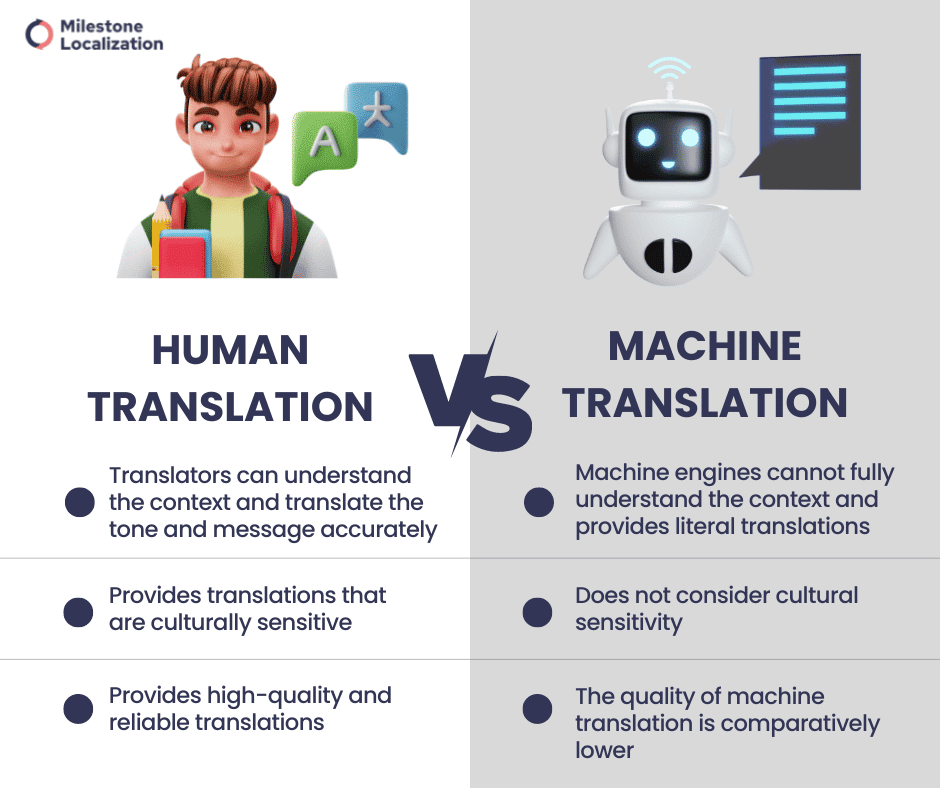
Image Description: A visual comparison of human translation vs. machine translation emphasizing the effective aspects of AI (Source: Milestone Localization)
Real-Time Adaptation: The Future of Communication with AI
AI technologies facilitate real-time adjustments to language and content, enabling brands to swiftly and effectively address cultural specifics.
Real-Time Translation Tools and Their Impact on Customer Engagement
AI-driven translation tools are capable of dynamically responding to consumer preferences and adjusting language and content based on user behavior. Rapid adaptation is becoming increasingly vital, especially for businesses operating across multiple time zones.
Case Studies of Companies Leveraging AI for Instantaneous Localization
Companies like Netflix have successfully implemented AI-based solutions tailored to local preferences. By utilizing user data to generate personalized content, they engage and retain a diverse audience, contributing to the observation that 80% of content consumption is driven by tailored recommendations.
Challenges of Real-Time Communication in Diverse Markets
Despite technological advancements, real-time localization presents communication challenges. Variations in dialects and idioms can lead to misunderstandings. Brands must remain vigilant and incorporate human oversight into their localization strategy to ensure effective communication.
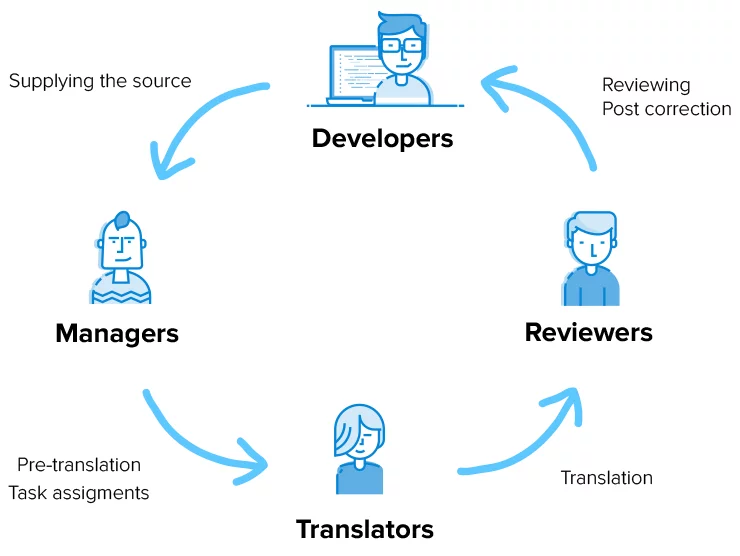
Image Description: A flowchart illustrating the localization process, effectively showing the stages and how AI tools integrate (Source: Lokalise)
Dealing with Cultural Nuances: Is AI Enough?
The ethical considerations surrounding AI-driven localization are increasingly relevant, particularly with respect to cultural representation and sensitivity.
Risks of Bias in AI Translations
AI algorithms can inadvertently reflect biases embedded in training data, resulting in inaccurate or culturally insensitive translations. It is essential for AI tools to be trained on diverse datasets to minimize these risks.
Importance of Human Oversight in Localization Processes
Although AI has transformed localization practices, human oversight remains critical. Experts are necessary for reviewing translations, providing contextual corrections, and ensuring culturally appropriate adaptations.
Ethical Guidelines to Mitigate Risks
Establishing ethical guidelines for AI localization is imperative. Companies must address the complexities inherent in language and culture to prevent potential missteps or oversights that could harm their brand's reputation.

Image Description: A diagram highlighting the workflow of AI versus human translation for effective localization (Source: Bayan Tech)
Success Stories: Companies Winning with AI Localization
Brands that have successfully implemented AI-driven localization strategies offer valuable insights into best practices, demonstrating how technology can enhance cultural relevance.
Case Study: Netflix's Personalization Strategy
Netflix has effectively utilized AI for localized content, resulting in significant improvements in customer engagement. By analyzing user preferences, Netflix can offer personalized recommendations that resonate with its international audience.
Example of ProseVision's Multilingual Optimization Capabilities
ProseVision showcases its effectiveness in multilingual content optimization, providing businesses with the tools necessary to adapt their messages appropriately across languages and cultures.
Measurable Impact on Sales and Customer Satisfaction by Companies Using AI Localization
Research indicates that companies employing AI for localization experience measurable improvements in customer satisfaction and increased sales. Netflix's model further illustrates how effective localization directly correlates with user engagement, with a considerable portion of its viewing attributed to personalized recommendations.
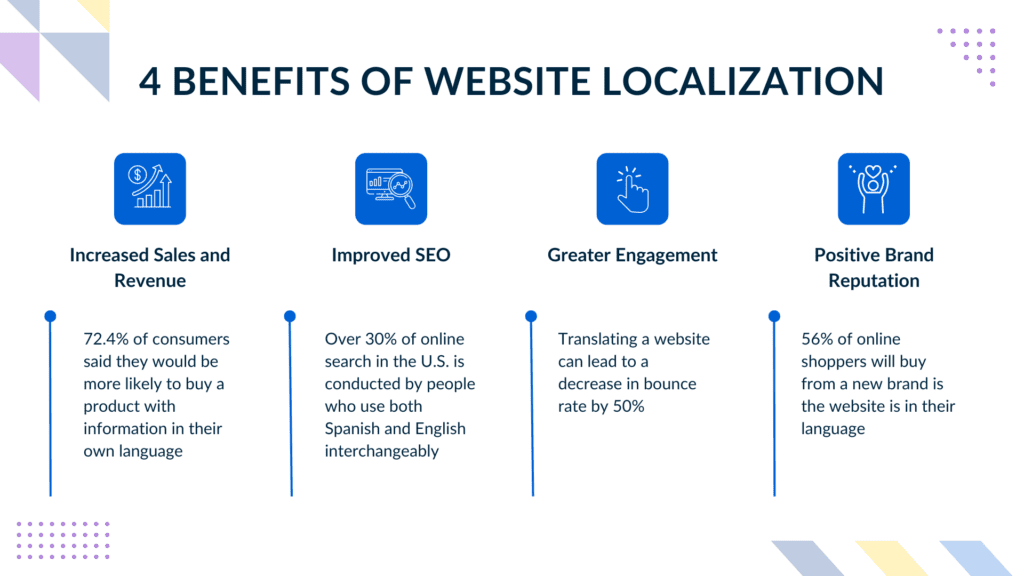
Image Description: A chart illustrating improvements in customer engagement metrics due to AI-driven localization strategies (Source: MotionPoint)
Navigating the Future: Trends and Technologies in AI Localization
Emerging AI technologies are shaping the future of localization across various industries, particularly in media and entertainment.
Multimodal AI's Potential in Transforming Localization
The introduction of multimodal AI integrates text and visuals, enabling a streamlined localization process that enhances user interaction.
The Rise of AI in Real-Time Adaptation for Visual Content
AI is increasingly utilized to adapt audiovisual content for local markets. As audiences grow more accustomed to diverse media sources, AI capabilities allow for quick and culturally sensitive adaptations.
Importance of Continuous Evaluation and Innovation in Localization Methods
To maintain cultural relevance and accuracy, brands must continuously assess their localization strategies. Regular evaluations ensure that processes keep pace with consumer expectations and market changes.
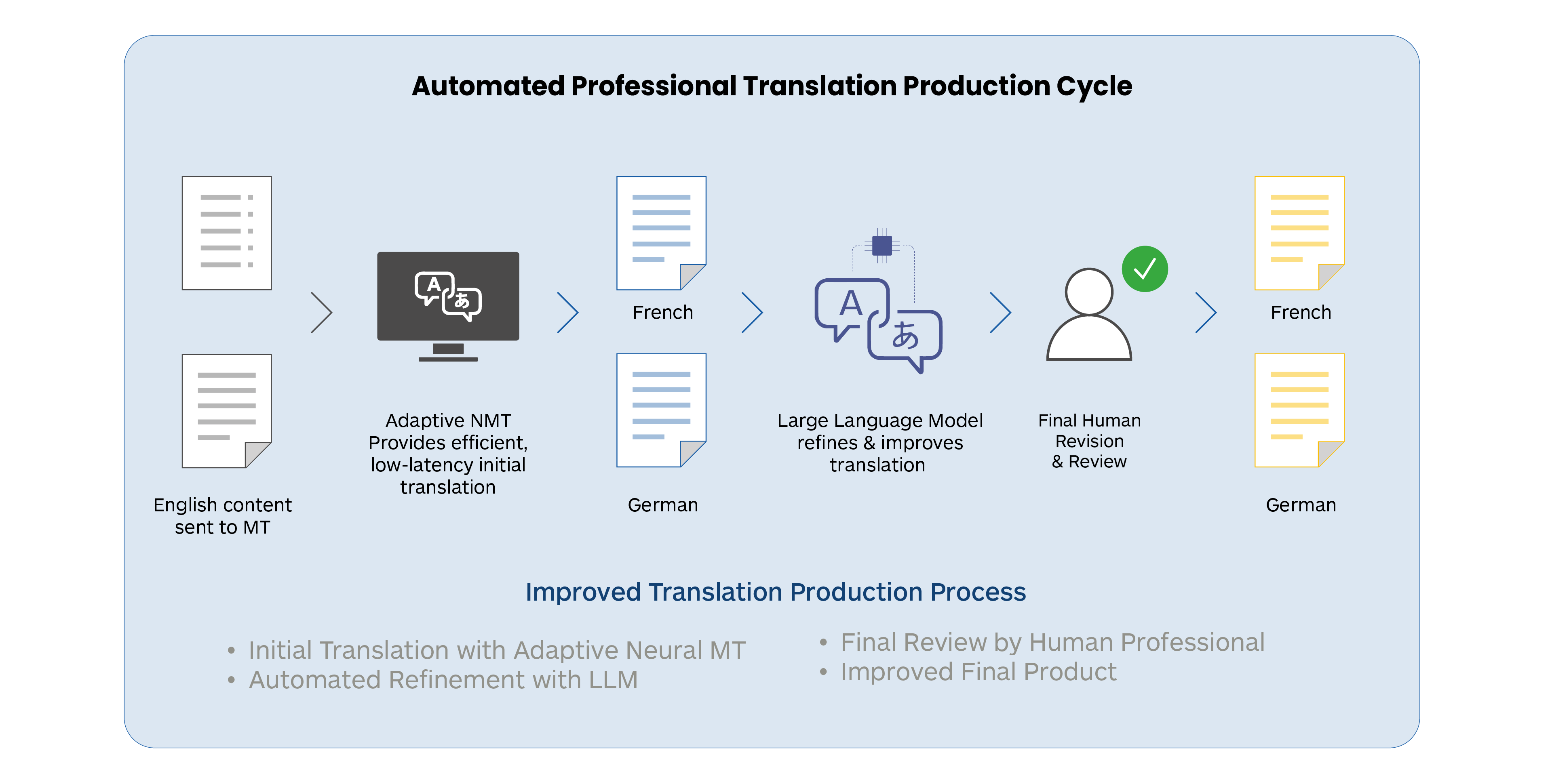
Image Description: An infographic detailing the evolution of AI translation technology and its implications for localization (Source: ModernMT)
Integrating AI Localization into Your Business Strategy
Incorporating AI into an organization’s localization strategy requires thoughtful planning and execution to ensure effectiveness.
Step-by-Step Approach to Integrating AI Localization
Organizations should first assess their current localization processes, pinpointing areas where AI can enhance efficiency and effectiveness.
Tools and Technologies Recommended for Successful Integration
Recommended tools for effective AI localization include ProseVision and established platforms focusing on multilingual optimization.
Metrics to Measure Success and Continuous Improvement
Tracking metrics such as customer engagement, satisfaction rates, and overall sales performance is crucial for evaluating the success of AI-driven localization efforts. Organizations should foster a culture of continuous improvement to remain competitive.
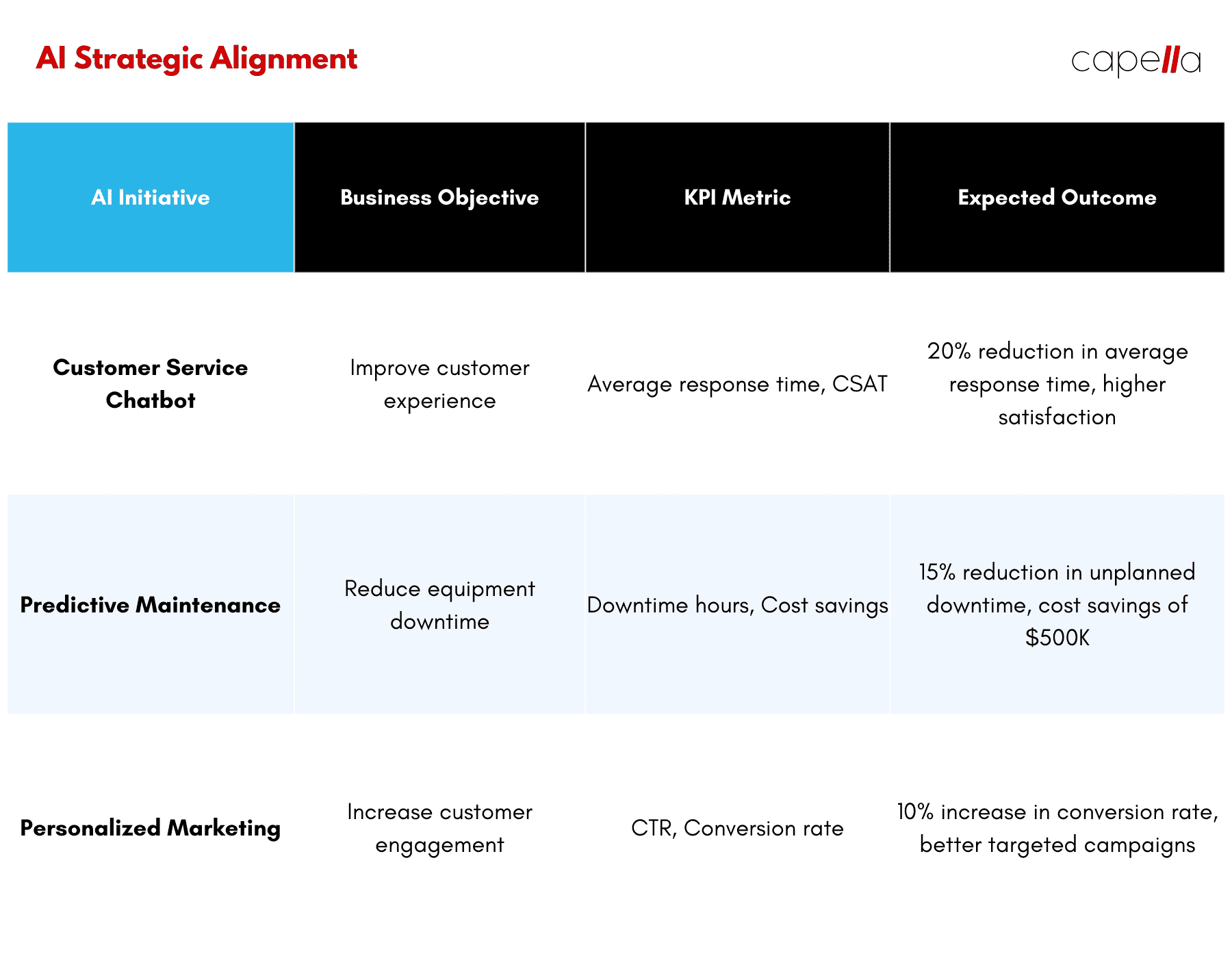
Image Description: A checklist graphic illustrating a roadmap for business leaders to implement AI-driven localization strategies (Source: Website Files)
In summary, AI-driven localization strategies empower businesses to engage more effectively with global audiences through culturally relevant content. By implementing AI tools, organizations can enhance their efficiency, speed, and accuracy while minimizing biases and ensuring ethical practices. Continuous evaluation and adaptation of these strategies are essential for brands aiming to build lasting relationships with diverse cultural groups. As technology advances, organizations prioritizing effective localization will be well-positioned to excel in the global marketplace.

Comments (0)
Sign in to participate in the discussion or .